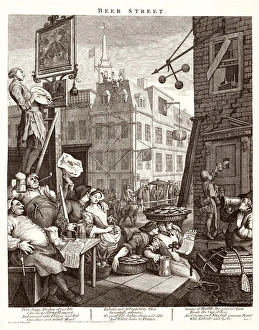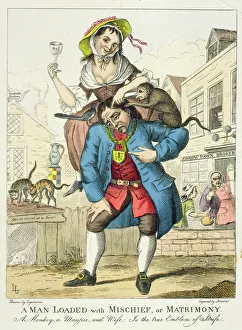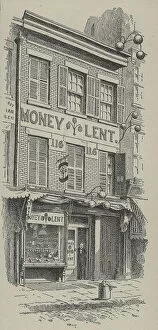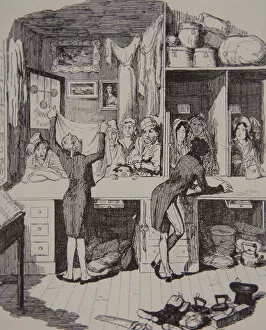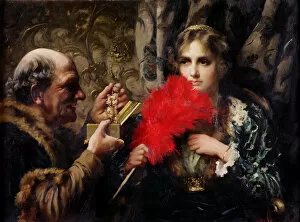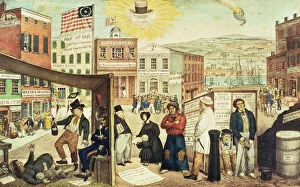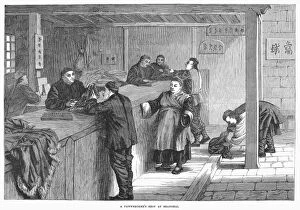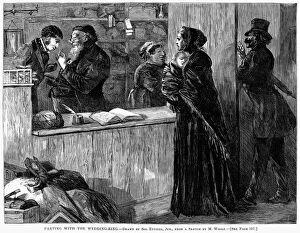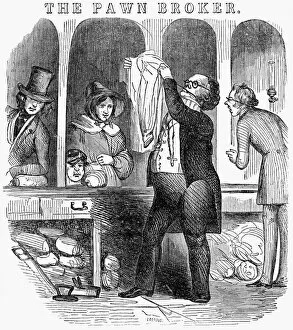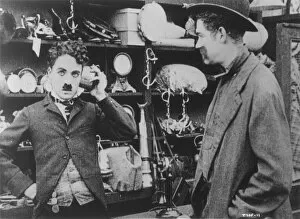Pawn Broker Collection
The pawn broker has long been a subject of fascination and intrigue, depicted in various forms of art throughout history
All Professionally Made to Order for Quick Shipping
The pawn broker has long been a subject of fascination and intrigue, depicted in various forms of art throughout history. From William Hogarth's iconic Beer Street painting to the satirical etching A Man Loaded with Mischief, or Matrimony, the pawnshop is often portrayed as a last resort for those in desperate need. In Much Park Street Coventry, captured in 1941, we see a glimpse into the realities of war as people turn to pawnbrokers for financial assistance during challenging times. The Money Lenders painting on oak panel showcases the power dynamics at play within these establishments, where individuals seek loans against their possessions. Engravings from both the early 19th century and later periods depict scenes inside pawnshops, shedding light on how these businesses operated over time. Temptation painted in 1914 explores the moral dilemmas faced by those who enter such establishments. Even newspapers like The Times have featured illustrations highlighting this trade. In one particular lithograph published in New York in 1837, we witness a bustling street scene complete with a large clock that serves as a reminder of time ticking away for those pawning their belongings. During times of conflict like the Civil War era, cartoons emerged depicting figures such as Emperor Napoleon III and John Bull acting as pawnbrokers receiving Confederate commissioners seeking support from France and England. These political cartoons reflected contemporary events while using symbolism associated with pawnshops. One wood engraving from Paris in 1853 captures an imperial pawnbroker's shop—a testament to how widespread these institutions were across different countries during that period. Through various artistic mediums spanning centuries, we gain insight into society's reliance on pawnbrokers as both an economic necessity and symbol of desperation. These depictions remind us that even amidst changing times and evolving economies, there will always be those who find solace or struggle within these humble establishments.

